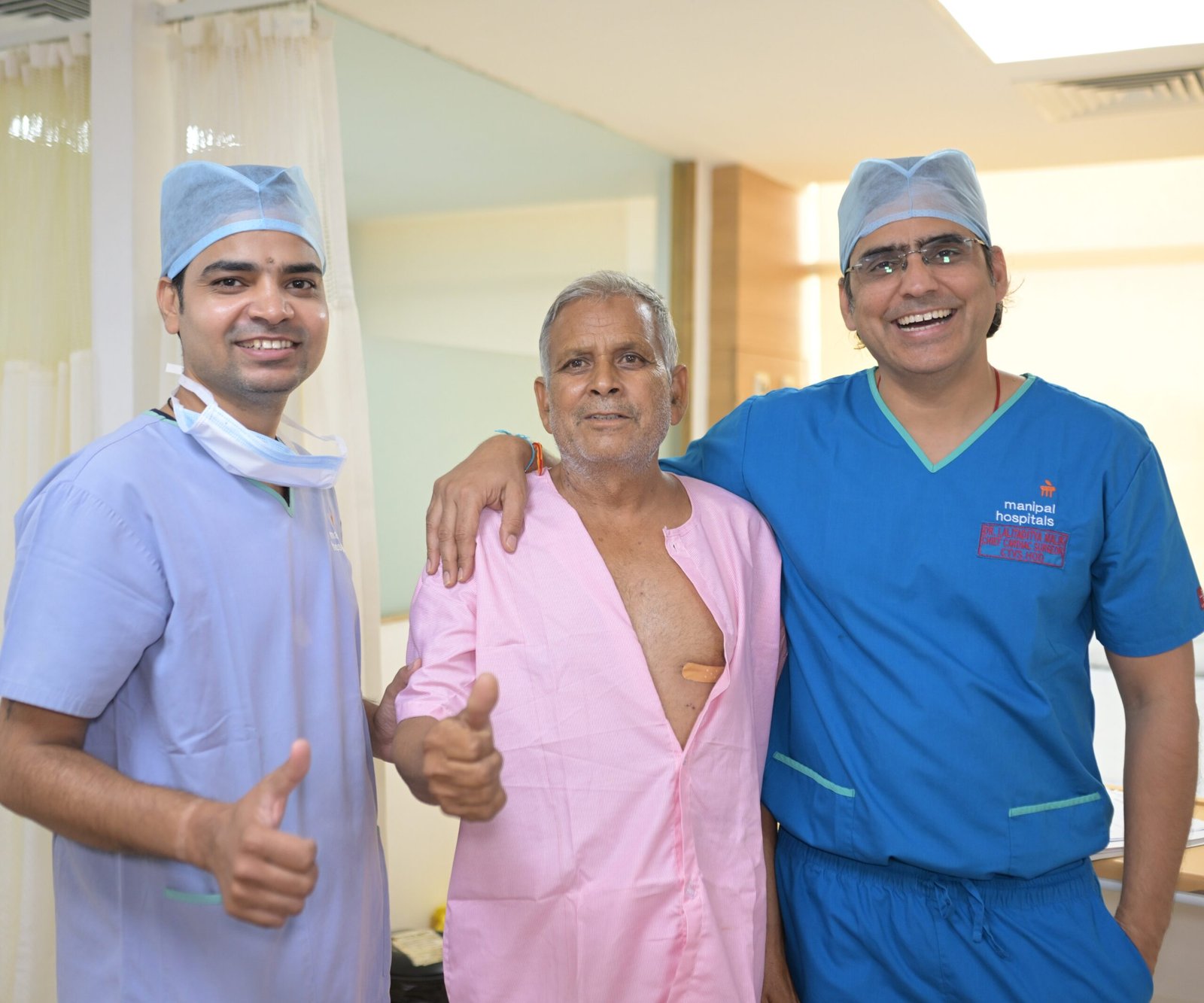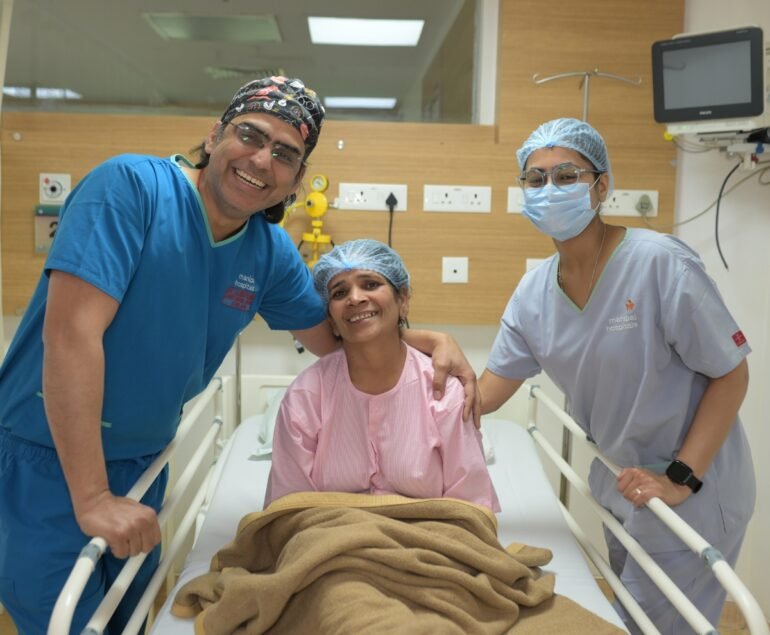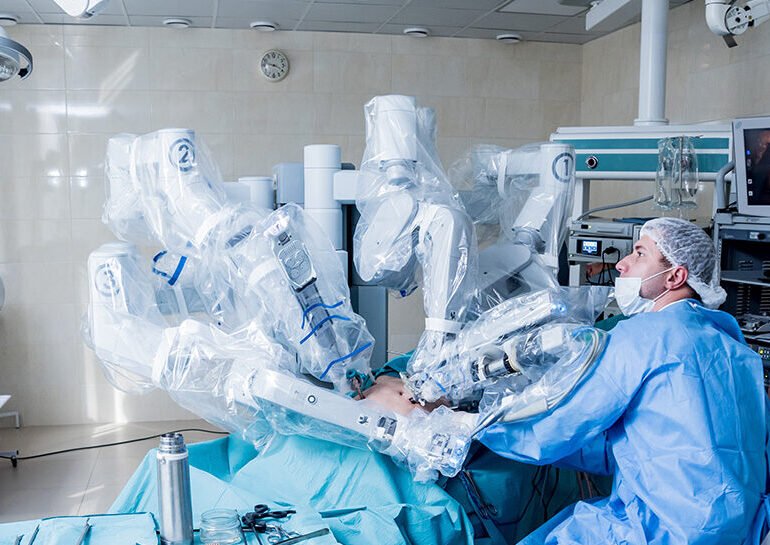In the realm of cardiac surgery, the advancement of minimally invasive techniques has transformed traditional procedures, offering patients new avenues for treatment and recovery. One such innovation lies in the realm of coronary artery bypass grafting (CABG), where the emergence of Minimally Invasive Cardiac Surgery (MICS) CABG stands in stark contrast to the conventional Open CABG approach. But what exactly sets these two techniques apart? Let’s delve into the nuances of MICS CABG versus Open CABG to unravel their differences.
Understanding the Basics
Coronary artery bypass grafting, commonly known as CABG, is a surgical procedure aimed at improving blood flow to the heart muscles by bypassing blocked or narrowed coronary arteries. This procedure is often recommended for individuals with severe coronary artery disease (CAD) to reduce symptoms like chest pain and improve overall heart function.
Open CABG: The Traditional Approach
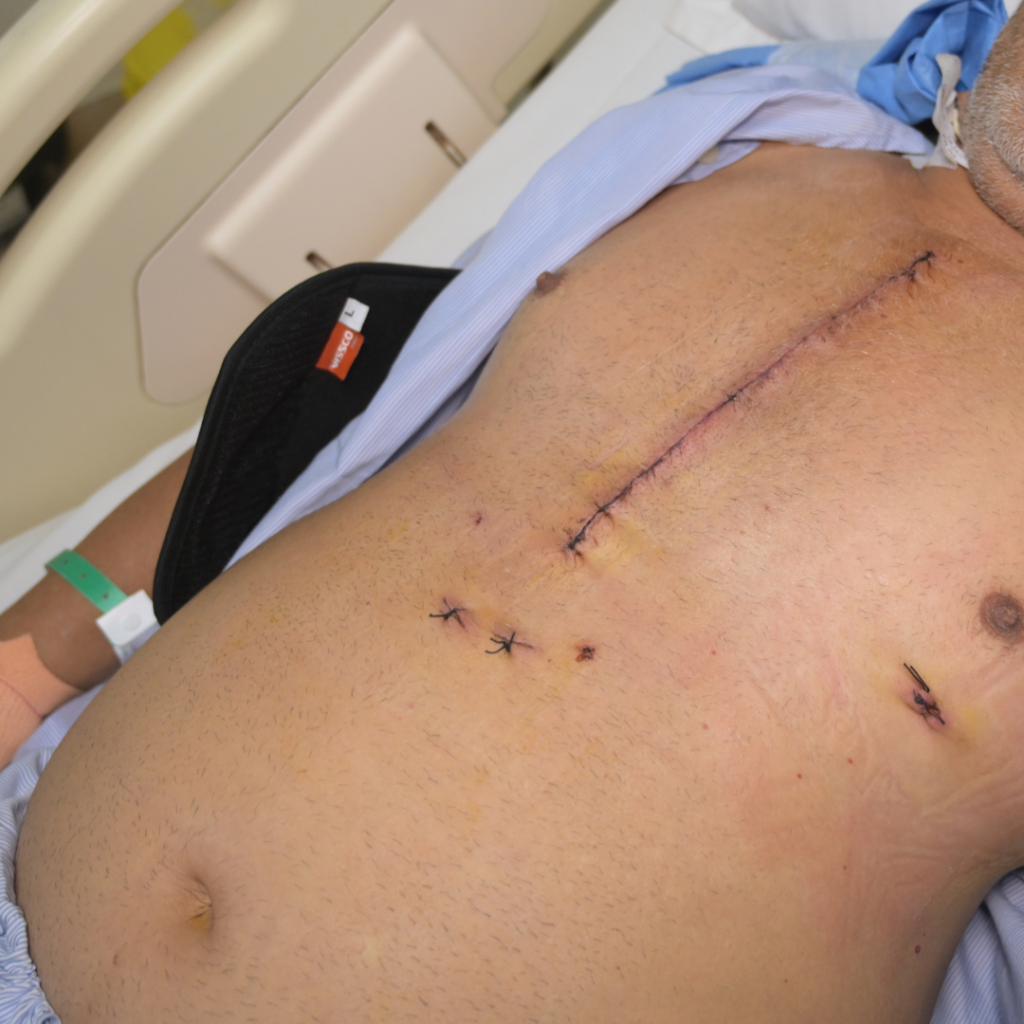
Open CABG has been the gold standard for decades, involving a sternotomy – a large incision in the chest – to access the heart. During the procedure, the heart is temporarily stopped, and a heart-lung bypass machine is employed to maintain blood circulation while the surgeon grafts bypasses using segments of veins or arteries from elsewhere in the body, typically the leg or chest wall.
While highly effective, Open CABG is associated with longer recovery times, increased risk of infection, and significant postoperative pain due to the invasiveness of the procedure and the extensive chest incision.
MICS CABG: Pioneering Minimally Invasive Techniques
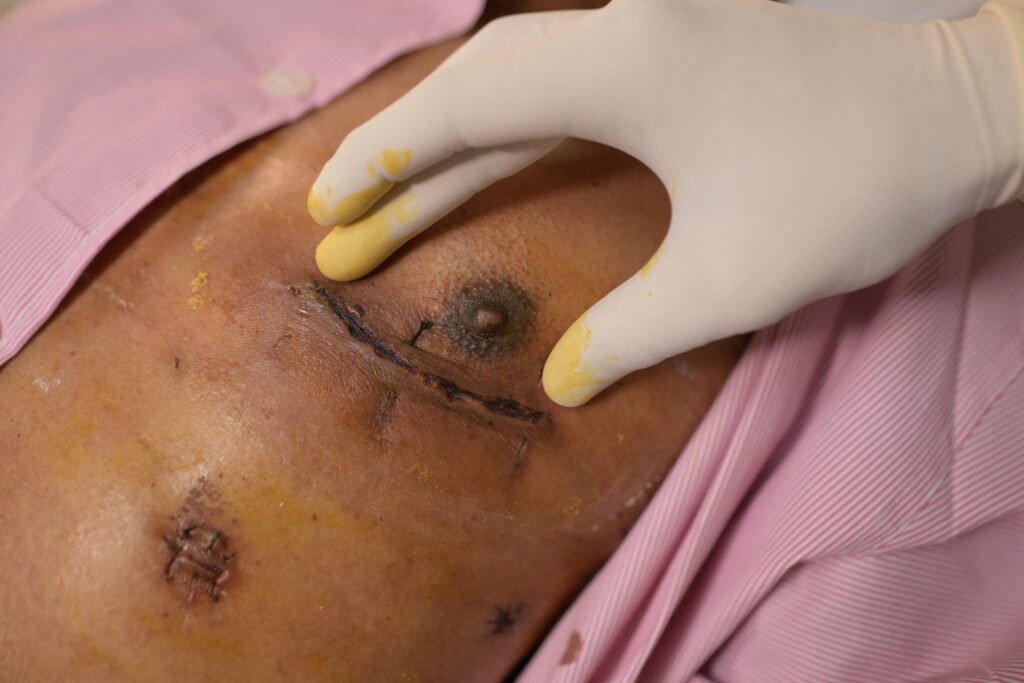
MICS CABG represents a paradigm shift in cardiac surgery, offering a less invasive alternative to traditional open-heart surgery. This approach utilizes specialized instruments and techniques to access the heart through small incisions between the ribs, avoiding the need for a sternotomy.
During MICS CABG, surgeons utilize advanced technology such as thoracoscopy and robotic assistance to visualize the operative field and perform precise surgical maneuvers. The procedure can be performed either with or without the assistance of a heart-lung bypass machine, depending on the patient’s condition and the complexity of the surgery.
Key Contrasts and Benefit
- Surgical Trauma: MICS CABG significantly reduces surgical trauma compared to Open CABG due to smaller incisions and minimized tissue disruption. This results in reduced postoperative pain, shorter hospital stays, and quicker recovery times for patients.
- Cosmesis: The smaller incisions in MICS CABG lead to better cosmetic outcomes, with less scarring and improved aesthetic appeal compared to the large chest scar associated with Open CABG.
- Risk Profile: MICS CABG may offer advantages in specific patient populations, such as those with multiple comorbidities or higher surgical risk, by mitigating the physiological stress of open-heart surgery.
- Long-Term Outcomes: While both techniques have demonstrated efficacy in improving blood flow to the heart, long-term outcomes and durability of grafts remain comparable between MICS CABG and Open CABG, with individual patient factors playing a significant role in determining treatment success.
Conclusion
In the dynamic landscape of cardiac surgery, the advent of MICS CABG has provided patients and clinicians with a valuable alternative to traditional open-heart surgery. While both MICS CABG and Open CABG aim to achieve the same therapeutic goal of restoring coronary blood flow, their approaches differ significantly in terms of invasiveness, surgical technique, and postoperative recovery.
Ultimately, the choice between MICS CABG and Open CABG depends on various factors, including patient preference, anatomical considerations, and the expertise of the surgical team. As technology continues to evolve and surgical techniques advance, the field of cardiac surgery remains at the forefront of innovation, striving to enhance patient outcomes and redefine standards of care in cardiovascular medicine.

